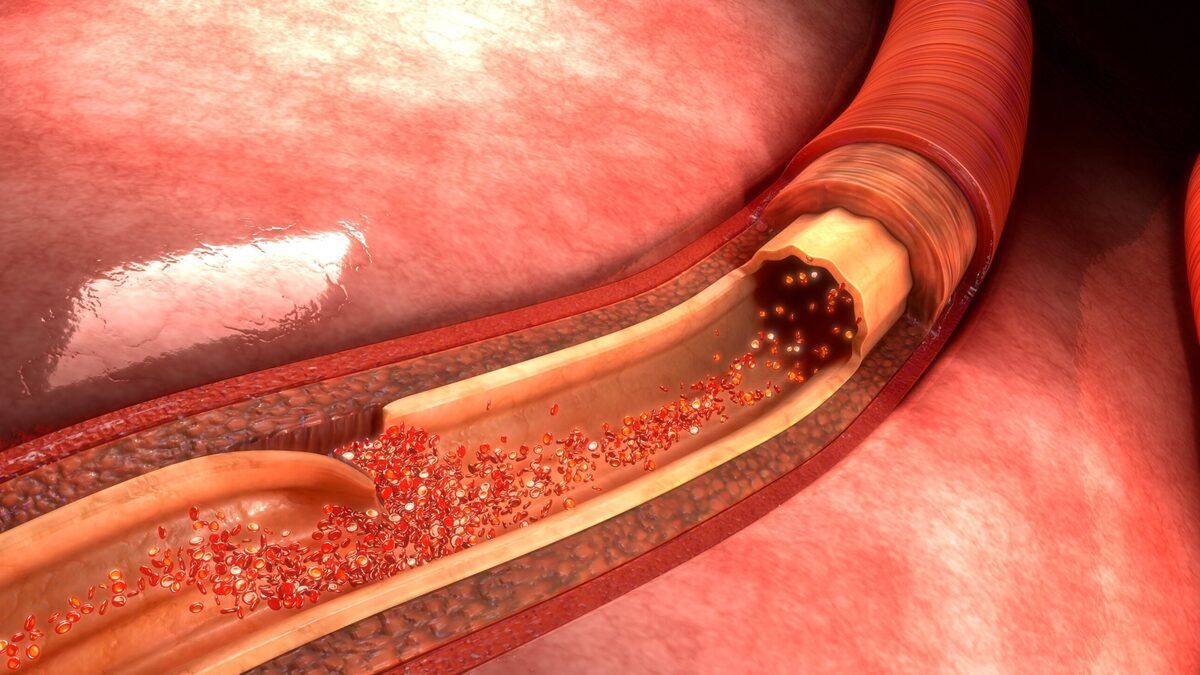
Apraxia is a neurological disorder that affects a person's ability to perform movements or gestures despite having the desire and physical capacity to do so. It can impact speech, making it difficult for individuals to articulate words correctly. Children with apraxia often struggle with forming sounds and words, leading to frustration and communication challenges. Adults can also experience apraxia, typically due to brain injury or stroke. Understanding the symptoms, causes, and treatments of apraxia is crucial for supporting those affected. In this blog post, we will explore 50 facts about apraxia to provide a comprehensive overview of this condition.
Understanding Apraxia
Apraxia is a neurological disorder that affects a person's ability to perform movements or gestures despite having the desire and physical capability to do so. It can be frustrating and challenging for those affected. Let's dive into some intriguing facts about this condition.
- Apraxia is derived from the Greek word "praxis," meaning action, and the prefix "a-" indicating absence or lack.
- There are different types of apraxia, including ideomotor, ideational, and constructional apraxia.
- Ideomotor apraxia involves difficulty in executing movements in response to verbal commands.
- Ideational apraxia is characterized by an inability to plan and execute a sequence of movements.
- Constructional apraxia affects a person's ability to draw or construct simple configurations.
- Apraxia can result from brain damage due to stroke, head injury, or neurodegenerative diseases.
- The left hemisphere of the brain is typically associated with apraxia, especially in right-handed individuals.
- Childhood apraxia of speech (CAS) is a specific type of apraxia affecting children's ability to speak.
- CAS is not due to muscle weakness or paralysis but rather a problem with brain signals to the muscles.
- Early intervention and speech therapy are crucial for children with CAS.
- Motor planning is the process disrupted in apraxia, making it hard to coordinate movements.
- People with apraxia may have difficulty performing everyday tasks like brushing teeth or tying shoelaces.
- Apraxia of speech (AOS) can occur in adults, often as a result of a stroke or brain injury.
- AOS in adults can co-occur with other speech disorders like aphasia.
- Aphasia is a condition that affects language comprehension and production, often confused with apraxia.
- Buccofacial apraxia involves difficulty in performing movements with the face, lips, tongue, and cheeks.
- Limb-kinetic apraxia affects fine motor skills, making it hard to perform precise movements with the limbs.
- Gait apraxia impacts walking and balance, leading to an unsteady gait.
- Oculomotor apraxia involves difficulty in moving the eyes voluntarily.
- Apraxia of eyelid opening is a rare form where individuals struggle to open their eyelids voluntarily.
Causes and Diagnosis
Understanding the causes and how apraxia is diagnosed can provide insight into managing the condition effectively.
- Stroke is one of the leading causes of apraxia in adults.
- Traumatic brain injury (TBI) can also lead to apraxia.
- Neurodegenerative diseases like Alzheimer's and Parkinson's can cause apraxia.
- Genetic factors may play a role in childhood apraxia of speech.
- MRI and CT scans are commonly used to diagnose apraxia by identifying brain lesions.
- Neuropsychological assessments help in diagnosing different types of apraxia.
- Speech-language pathologists (SLPs) are crucial in diagnosing and treating apraxia of speech.
- Occupational therapists often work with individuals with apraxia to improve daily living skills.
- Physical therapists may assist those with gait apraxia to enhance mobility.
- Early diagnosis is vital for effective intervention, especially in children.
Treatment and Management
Managing apraxia involves a multidisciplinary approach to improve the quality of life for those affected.
- Speech therapy is the primary treatment for apraxia of speech.
- Motor learning techniques are used in therapy to improve movement execution.
- Repetitive practice of specific movements can help retrain the brain.
- Visual and auditory cues are often used in therapy to aid movement planning.
- Assistive technology like speech-generating devices can support communication.
- Family involvement is crucial in the treatment process, providing support and encouragement.
- Home exercises prescribed by therapists can reinforce skills learned in therapy.
- Consistency and patience are key in managing apraxia, as progress can be slow.
- Support groups can provide emotional support and practical advice for individuals and families.
- Research is ongoing to develop new treatments and improve existing ones.
Living with Apraxia
Living with apraxia can be challenging, but understanding and support can make a significant difference.
- Awareness and education about apraxia can reduce stigma and promote understanding.
- Adaptive strategies can help individuals manage daily tasks more effectively.
- Communication boards and other tools can aid those with speech difficulties.
- Routine and structure can provide a sense of stability and predictability.
- Positive reinforcement encourages progress and boosts confidence.
- Mindfulness and relaxation techniques can help manage frustration and stress.
- Regular follow-ups with healthcare providers ensure ongoing support and adjustment of treatment plans.
- Community resources like local support groups and online forums can offer additional help.
- Educational accommodations may be necessary for children with apraxia to succeed in school.
- Personalized care plans tailored to individual needs are essential for effective management.
Final Thoughts on Apraxia
Apraxia, a complex neurological disorder, affects motor planning and speech. Understanding its nuances helps in supporting those who live with it. Early diagnosis and intervention can make a significant difference in managing symptoms. Speech therapy, occupational therapy, and consistent practice are essential for improvement. Patience and empathy from family and friends play a crucial role in the journey.
Awareness about apraxia is growing, but there's still much to learn. Continued research and education are vital for better treatment options. If you suspect someone might have apraxia, consult a healthcare professional for proper evaluation and guidance.
Remember, every small step forward is progress. Celebrate the victories, no matter how minor they seem. With the right support and resources, individuals with apraxia can lead fulfilling lives. Stay informed, stay supportive, and keep advocating for those affected by this condition.
Was this page helpful?
Our commitment to delivering trustworthy and engaging content is at the heart of what we do. Each fact on our site is contributed by real users like you, bringing a wealth of diverse insights and information. To ensure the highest standards of accuracy and reliability, our dedicated editors meticulously review each submission. This process guarantees that the facts we share are not only fascinating but also credible. Trust in our commitment to quality and authenticity as you explore and learn with us.


